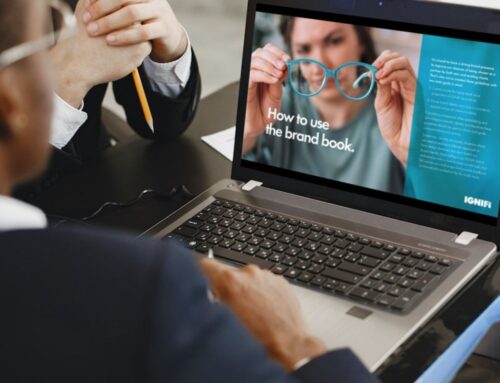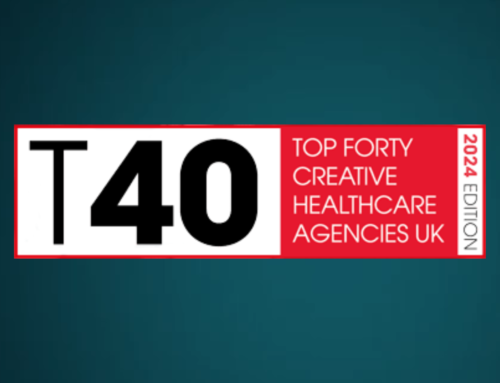
As an agency, we work to briefs every day. Throughout the years we’ve seen them all: the good, the bad and the downright misleading. A good brief has the power to inspire and energise your partner agency, sparking inspiration and leading to exciting new ventures. A bad brief however, risks wasting time, energy and money, leaving the project directionless and open to misunderstandings.
We recently read ‘The Best Way For A Client To Brief An Agency’, a guide co-authored by BetterBriefs and Mark Ritson and in partnership with the IPA, and believe it should be essential reading for marketers and agencies alike.
As stated in the guide, 80% of marketers believe that they are good at writing briefs, while only 10% of agencies would agree with them.1 This highlights a huge disconnect in the understanding of what makes a successful brief.
In this blog, we cover what we believe are the 5 most essential takeaways from the guide, that you should be considering from the offset of your next project.
5 essential considerations for a successful brief
1. Be 100% certain on your strategy before creating a brief
This is the stage that underpins the brief, the project, and has the potential to throw a real spanner in the works if not given enough thought. This is particularly important in healthcare marketing, where the added step of medical regulation has the potential to send a fully designed piece of work back to the drawing board, if the underpinning claims aren’t watertight.
To ensure your campaign is as well thought out as possible, why not consider involving your creative agency at a strategic level? Getting their perspective at an earlier stage can help clarify what is possible, incorporate their strengths and experience from the offset and build a deeper mutual understanding of the campaign goals, saving you time and money in the long run.
2. Don’t dictate the solution
You decided to work with a creative agency for a reason. The best types of brief for us to receive are clear and straightforward, designed to inspire ideas from the creatives and spark further conversations, not limit the project’s potential from the offset. The brief should convey the message, objectives, and the problem that the agency is there to solve.
3. The briefing is just as important as the brief
While a well-written brief is a great start, take into account the method by which the information is conveyed. This includes the how and the who. Is this a complex project that requires allocated discussion time? Rather than sending the brief in a cold email, try and incorporate the potential for feedback and questions.
Who are the best people to involve within the briefing both on the client and agency side– is there a brand expert, someone with specialist therapy knowledge, or who has worked on an exciting new format who could be included? Try and put together the best team to spark debates and collaboration to get the campaign off to the best start.
4. The briefing shouldn’t end until both client and agency are on the same wavelength
To achieve this, the brief should be to the point, succinct and with the goals and assessment points clear. Including space for dialogue is also essential, even if this is just a quick statement on the end of an email asking for questions and input. Why not continue this process throughout the campaign and implement regular touchpoints to ensure everyone is on the same page?
The responsibility for this point isn’t solely on the client either, a creative agency should be prepared to ask questions and initiate discussions on any unclear points, rather than taking an idea and running with it without proper understanding, creating issues further down the line.
5. Your briefing strategy should be dynamic, not ‘one size fits all’
This final tip is from us. We find the best briefs are targeted to the campaign, not one size fits all. Choose the format, objectives and even who will be involved in the brief based on the task at hand, rather than following a set formula to get the most out of your campaigns.
At IGNIFI, we’re happy to be involved at whatever stage of the process you see fit, be it collaborating in initial strategy meetings, or even the brief creation itself. To work with us on your next healthcare marketing campaign, get in touch today.
For more tips on bettering your briefing process, the full IPA and Better Briefs article is available here.








